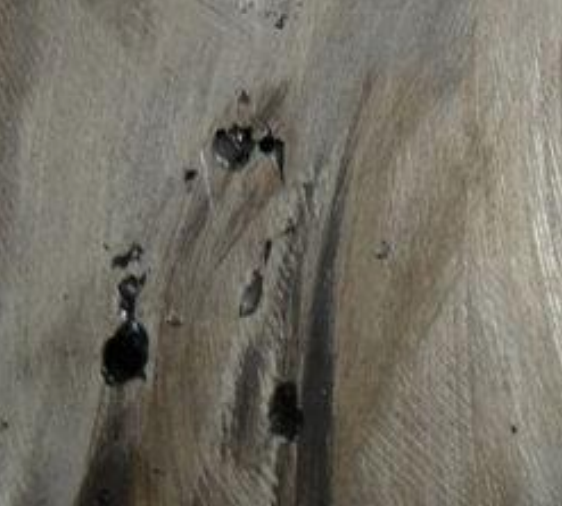Reducing Die Soldering by Proper Use of Lubricants
- Hill and Griffith

- Aug 30, 2017
- 2 min read
NADCA EC-515 Die Casting Defects Course Review, Basics for controlling die casting defects - By Dr. Steve Midson
Soldering phenomenon occurs when the molten aluminum enters the die and contacts directly on steel die cavity
The molten aluminum stream removes the applied surface lubricant film and the iron oxide layer or other coatings then erodes grain boundaries and pits the die surface
At a high enough temperature and pressure a reaction takes place that causes the formation of an aluminum-iron intermetallic and a direct fusion between the die and the casting

Keep the gate velocity to a minimum, calculate the gate velocity to stay below about 1600 ips (40 m/s) in aluminum, 2500 ips in zinc (60 m/s), and about 3000 ips (75 m/s) in magnesium - this is to avoid washing the coating off the steel
Zinc alloys tend to solder in areas away from the main metal flow
The zinc alloys do not form a compound with the die steel on the surface of the die (see build up), but build a layer on top of the steel
Die temperature is most important to keep this type of zinc solder from forming
Surface roughness is also important, a polished die surface will reduce the tendency to form the die solder in zinc (it is probably better called a build up)
Keeping the die temperature is most important to keep this type of zinc solder from forming
Draft angle is also important, especially if the die temperature cannot be controlled

The best solution to reducing die soldering is keeping the die steel cool -solder will not start then
Cooling methods include die spray, adding water channels, slowing the cycle speed, and reducing metal temperature.
Also consider other die materials – Anvilloy – Bi-metallic cores – Niobium
Other solutions – Draft angle – add to die – Gate velocity – keep low – Die surface roughness – keep smooth
(Thanks to All About Metallurgy for posting this PDF. We'll cover other aspects of die casting defect control by the proper use of die casting lubricants from the course in upcoming blog posts)
(If you liked this article you might also like this post on, "Die Casting Defects")









Comments